The company behind the Dream Chaser spaceplane and the Orbital Reef space station has been selected by the space development agency to build 18 satellites for the tranche 2 tracking layer.
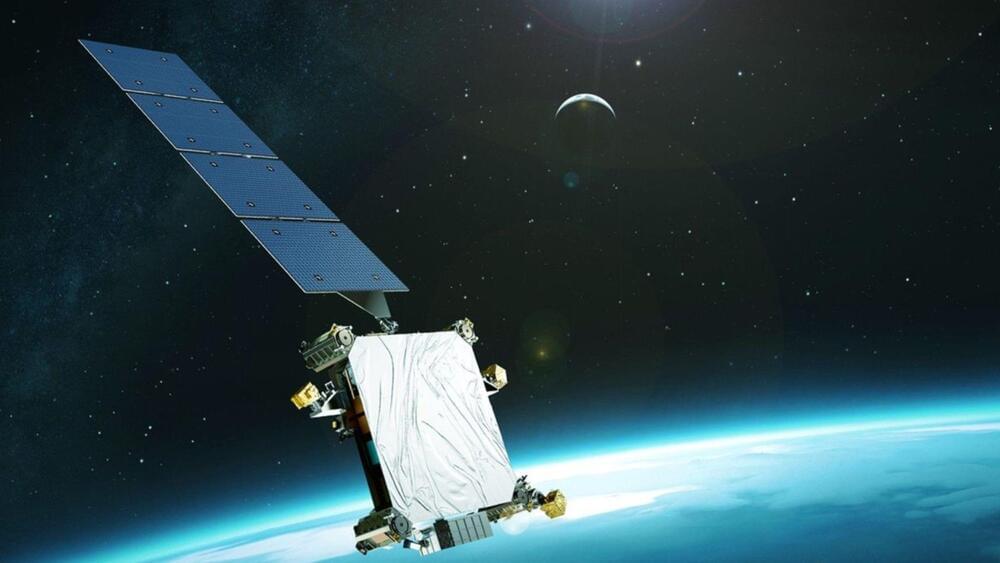

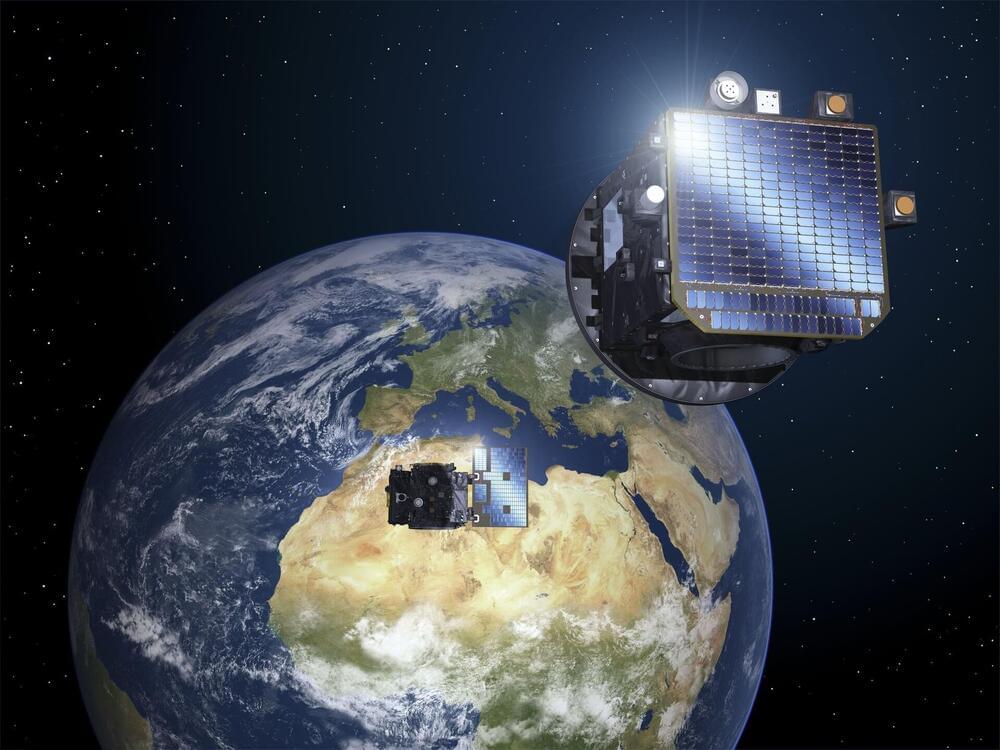
Through exquisite, millimeter-scale, formation flying, the dual satellites making up ESA’s Proba-3 will accomplish what was previously a space mission impossible: Cast a precisely held shadow from one platform to the other, in the process blocking out the fiery sun to observe its ghostly surrounding atmosphere on a prolonged basis.
Ahead of the Proba-3 pair launching together later this year, the scientists who will make use of Proba-3 observations were able to see the satellites with their own eyes. Members of this team will test hardware developed for the mission during an actual terrestrial solar eclipse over northern America next April.
The two satellites are currently undergoing final integration in the premises of Redwire near Antwerp in Belgium. They were paid a visit by the Proba-3 Science Working Team, a 45-strong group of solar physicists coming from all across Europe and the wider world.
Thousands of satellites have been launched into Earth orbit over the past decade or so, with tens of thousands more planned in coming years. Many of these will be in “mega-constellations” such as Starlink, which aim to cover the entire globe.
These bright, shiny satellites are putting at risk our connection to the cosmos, which has been important to humans for countless millennia and has already been greatly diminished by the growth of cities and artificial lighting. They are also posing a problem for astronomers – and hence for our understanding of the universe.
In new research accepted for publication in Astronomy and Astrophysics Letters, we discovered Starlink satellites are also “leaking” radio signals that interfere with radio astronomy. Even in a “radio quiet zone” in outback Western Australia, we found the satellite emissions were far brighter than any natural source in the sky.
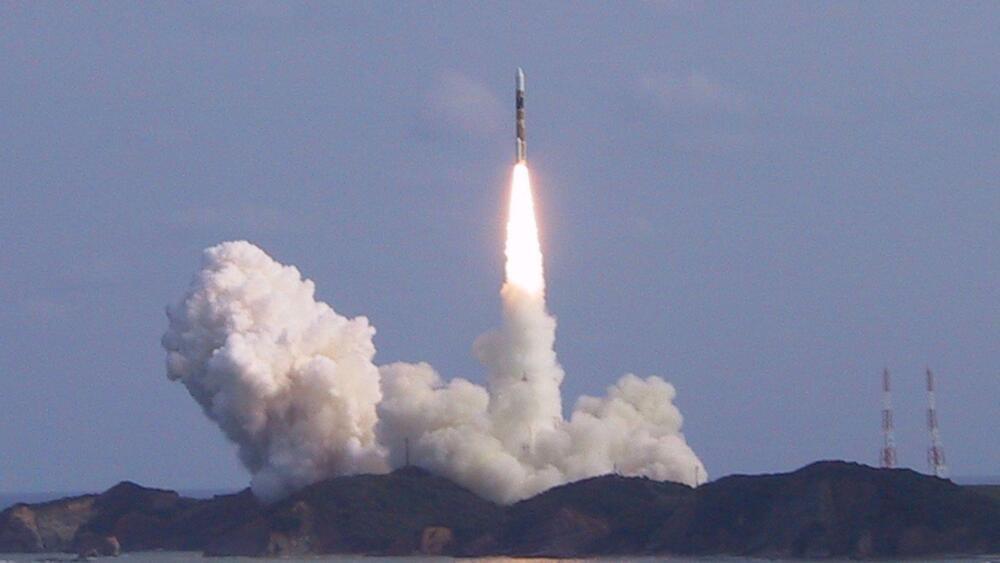
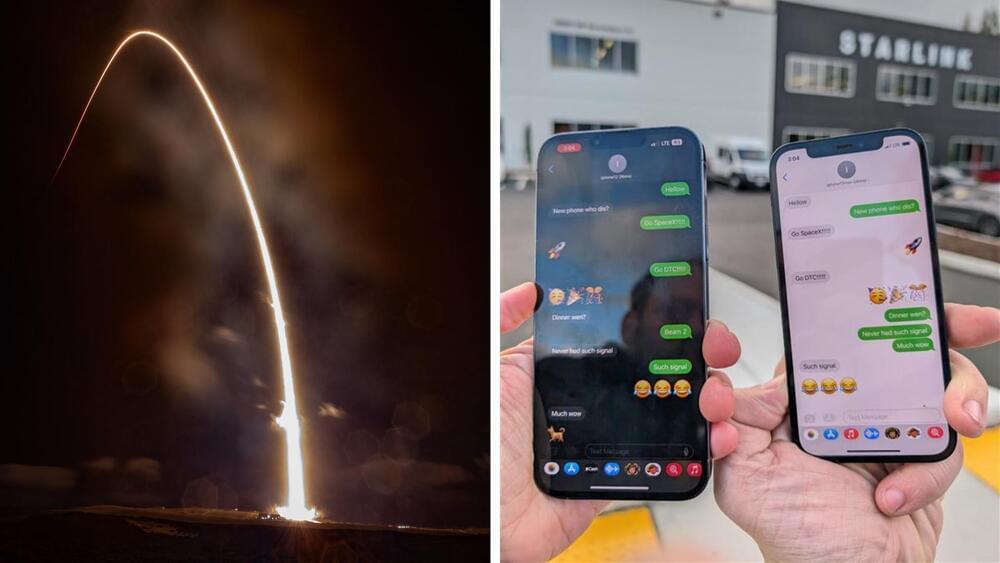
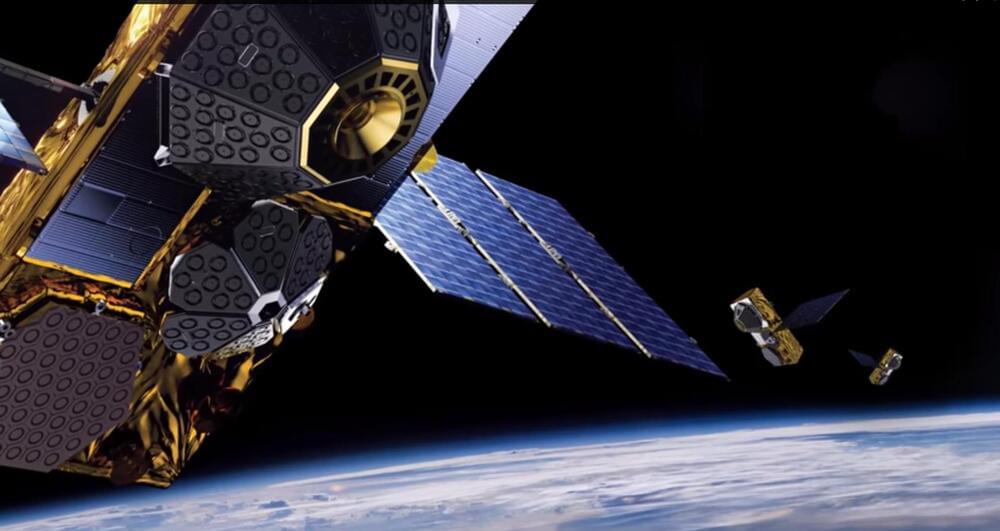
WASHINGTON — The Space Development Agency confirmed on Jan. 8 that it awarded Rocket Lab a $515 million contract to build and operate 18 spacecraft that will be part of a low Earth orbit network of military satellites.
SpaceNews first reported on this contract award on Dec. 23 after the agreement was disclosed in a regulatory filing.
Rocket Lab becomes the third supplier of SDA’s Transport Layer Tranche 2 Beta satellites — projected to launch in mid-2027 — that will carry radios using the UHF (Ultra High Frequency) and S-band frequencies that military and intelligence units rely upon for voice and low-speed data transmissions.
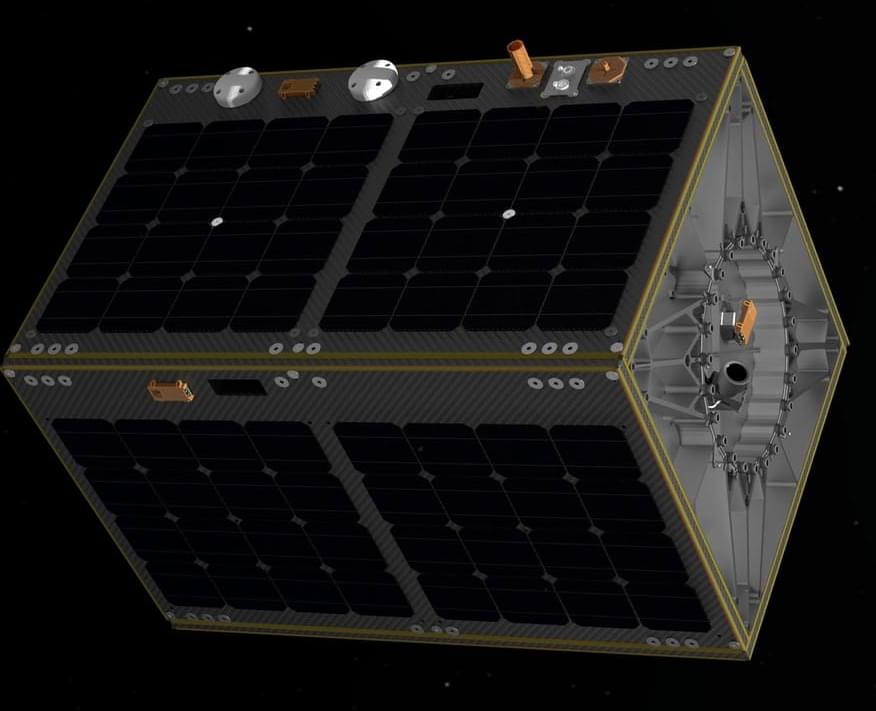
WASHINGTON — The startup Muon Space announced Jan. 9 it will explore the use of climate-monitoring satellites to capture cloud characterization data for the U.S. Air Force.
The Mountain View, California-based company, founded in 2021, is developing small satellites to monitor Earth’s climate and ecosystems.
Under a Small Business Innovation Research Phase 1 contract from the U.S. Air Force, Muon Space “will perform a feasibility study to determine the benefit of modifying its multispectral electro-optical infrared (EO/IR) instrument to support the Department of Defense’s cloud characterization observation capability,” the company said.
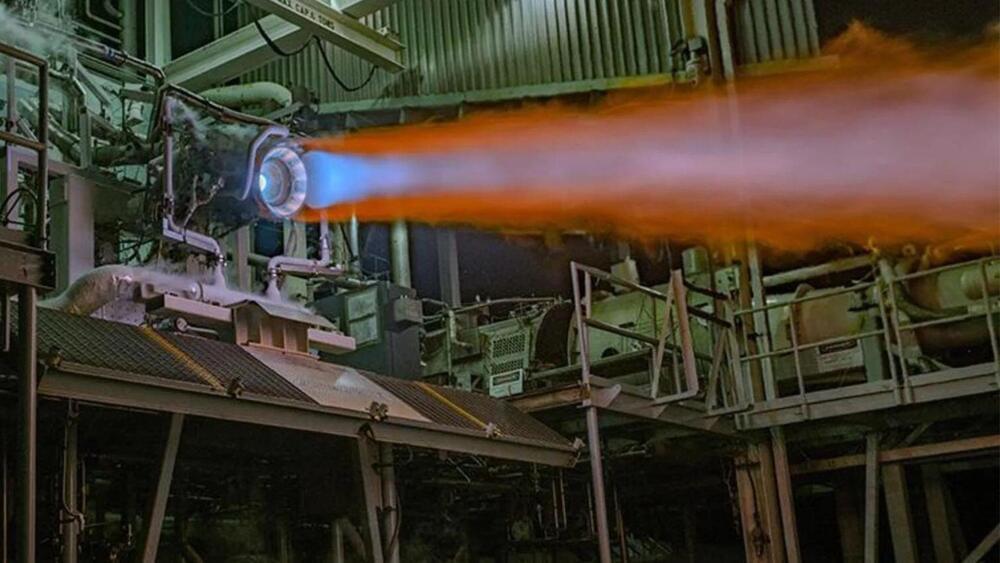
2023 was a landmark year in space exploration for the European Space Agency (ESA), marked by significant missions like Juice’s journey to Jupiter, the launch of the Euclid space telescope for dark matter research, and the decommissioning of ESA’s Aeolus mission.
The year also saw advancements in Earth observation technologies, initiatives to address space debris, and collaborative efforts in asteroid impact studies. Notably, the Galileo satellite system’s new high-accuracy service and the first hardware tests for its second generation of satellites were significant milestones.
